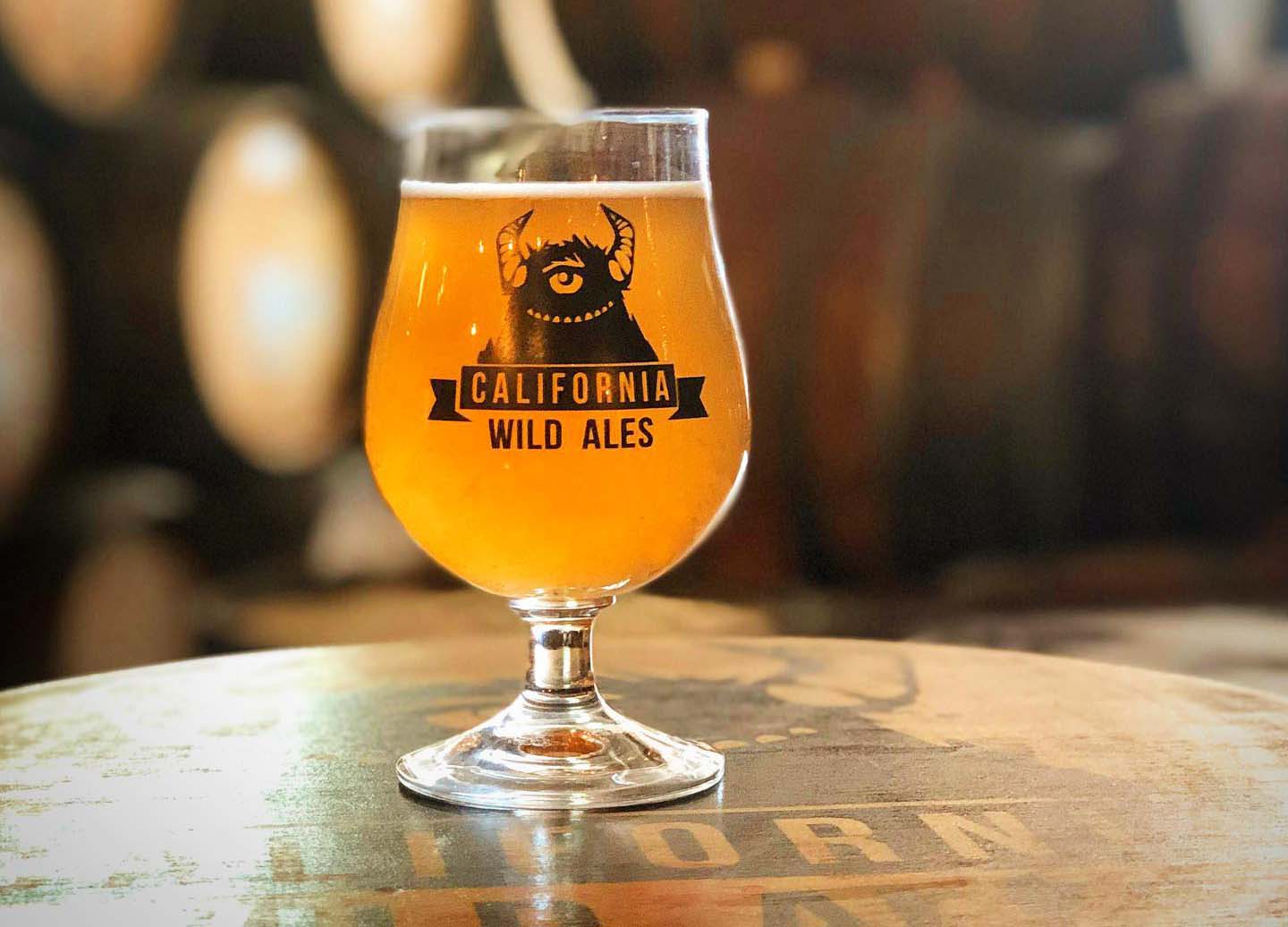They specialize in creating small-batch sour beers with both traditional and some pretty wild fruit ingredients like persimmon or French Melon. Warning: Science ahead.
Cheers!: This doesn’t taste like beer! What makes a sour beer a “beer”?
Bill, CWA: Sour beer begins like all beers do, as wort (brewed, but unfermented beer). When you make beer, you ferment the wort with any one of several different species of Saccharomyces yeast. These yeast consume the available sugars in wort to produce alcohol and carbon dioxide along with a range of flavor characteristics, but sour beers are primarily or partially fermented with acid-producing bacteria like Lactobacillus or Pediococcus and wild yeast such as Brettanomyces.
Hops, important in beer-making in general, inhibit the lactic acid bacteria that develop sourness in beer, so little to no hops are used when making sour beer.
Cheers!: What makes a sour beer taste sour?
Bill: Sour beers develop acidity through the process of fermentation, which can add a range of rich and subtle flavors. The primary bacteria strains responsible for making sour beers sour are Lactobacillus and Pediococcus. These organisms can be introduced to the brewing process in a variety of ways.
Like yeast, the bacteria consume the available food and produce acid as a byproduct. The lactic acid that is produced gives the beer its sour flavor. This is the same bacteria that gives us the sour flavor we find in yogurt, sourdough bread, kimchi, and kombucha.

Cheers!: Are there different kinds of sours?
Bill: There are three main subcategories of sour beer production: mixed culture, spontaneous fermentation, and kettle sour. Here at California Wild Ales, we focus on mixed culture, but we have been creating spontaneously fermented beers for the past few years.
“Mixed Culture: This style of sour beers…is richer and more complex tasting due to a vivarium of microorganisms added at the beginning of fermentation. These beers ferment and develop for anywhere from a few months to a few years. This style of sour beer is often aged in oak is referred to as ‘barrel-aged sour ale.’
“Spontaneous Fermentation: This is where the magic of brewing first began. These beers are the rarest and most complex tasting and the continue age-old brewing practices from before brewers even knew that yeast and bacteria were responsible for fermentation. The ‘magic’ begins the moment when yeast and bacteria come in contact with the liquid, or wort. Whatever organisms happen to be in the air or on the fruit is what begins the process of fermentation.
“Kettle Sour: Also known as ‘Quick Sours,’ these beers undergo an initial fermentation with Lactobacillus, a starter used to make yogurt, before being pasteurized and then fermented. The result is a quick, inexpensive sour beer that is simple and refreshing. The most commonly encountered kettle sours are Berliner Weisse and Gose.”
If you want to try one of California Wild Ale’s sour beers you can order online, and pick up a few bottles for your upcoming holiday feasts from their Sorrento Valley tasting room. They have more than 20 different flavors to choose from, and according to Bill, “These beers pair perfectly with rich holiday feasts. The acidity of sour beer does a great job of cutting through rich and fatty foods like stinky cheeses or fatty meats like Ribeye. The lemony tartness also pairs beautifully with seafood.”
Be sure to check out the recent episode of the Cheers! North County podcast featuring my conversation with Brandon Hernandez, founder of San Diego Beer News, and Cody Thompson, founder of Beer Night in San Diego about their new collaboration. New interviews drop every other Friday. Be sure to follow Cheers! North County on Facebook, Twitter and Instagram. Got an interesting story about your drinking adventures? Reach out! I want to hear it.



